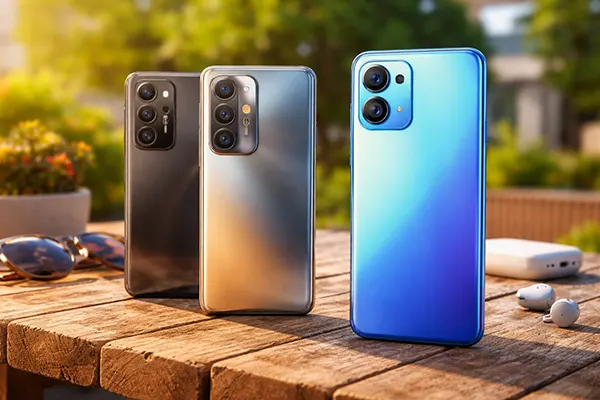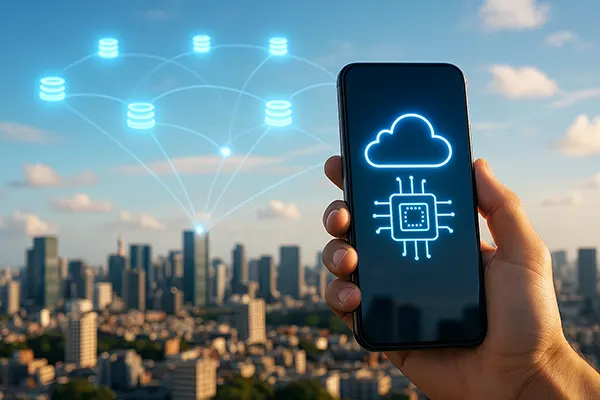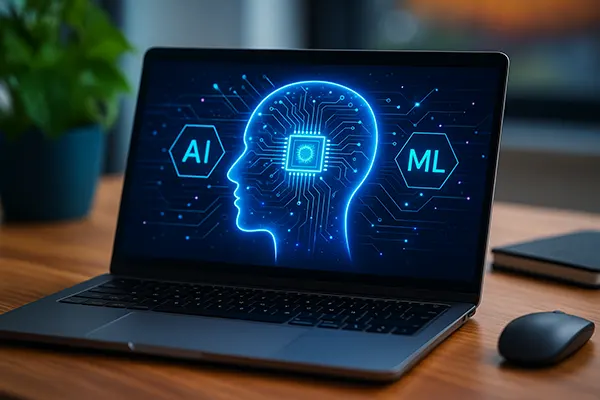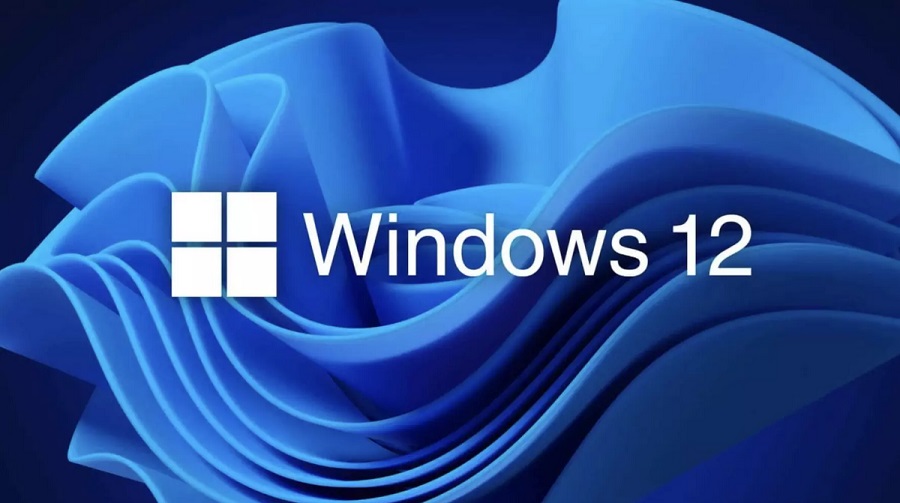
Windows 12: Anticipating the Next Leap in Operating Systems
Microsoft’s Windows has been an integral part of our computing lives, evolving continuously to cater to the ever-changing digital landscape. With the success of Windows 10 and the subsequent adaptations in Windows 11, there’s rising curiosity around what Windows 12 might bring. This article aims to unravel potential features, innovations, and changes we can anticipate in the next major Windows iteration.
The Legacy of Windows: Building on Success
Windows 10 introduced a blend of the classic Start Menu and tile features, which was refined further in Windows 11. Drawing from this lineage, Windows 12 might focus on enhancing the user interface, bringing a balance between familiarity and innovation. Expect a more fluid design, streamlined animations, and customizable interfaces that cater to both traditional desktop users and touch-interface aficionados.
Integration with cloud services is likely to get a boost. Building on the concepts of Windows 365, which streams your personalized Windows experience from the Microsoft cloud, Windows 12 might offer more seamless cloud-desktop integrations, making remote work and virtualization more efficient.
Considering the push towards a unified ecosystem, we can also expect tighter integration between Windows 12, Xbox, and Surface devices. This will likely lead to a more unified app store, gaming enhancements, and streamlined device management features.
Security: A Fortified Digital Bastion
With cyber threats growing in sophistication, Windows 12 will undoubtedly prioritize enhanced security measures. Advanced AI-driven threat detection, more biometric authentication options, and improved data encryption methods might become the pillars of the new OS’s defense mechanism.
The emphasis might also be on ‘Zero Trust’ security models, ensuring that every access request is fully authenticated, authorized, and encrypted before granting access, regardless of its origin.
Hardware Compatibility and Innovation
Windows has traditionally been compatible with a wide range of hardware. Windows 12, while introducing new features, will likely ensure it remains lightweight and compatible with both newer and older devices. Furthermore, with ARM-based devices becoming more prevalent, enhanced support for ARM architecture might be a significant focus, allowing for better battery life and performance optimization.
Integration with emerging technologies such as AR and VR can also be anticipated. Given Microsoft’s strides in the HoloLens project, native support and tools for augmented and virtual reality applications might become standard in Windows 12.
We might also see advancements in pen and touch functionalities, drawing inspiration from the Surface line-up, making stylus use more intuitive and productive.
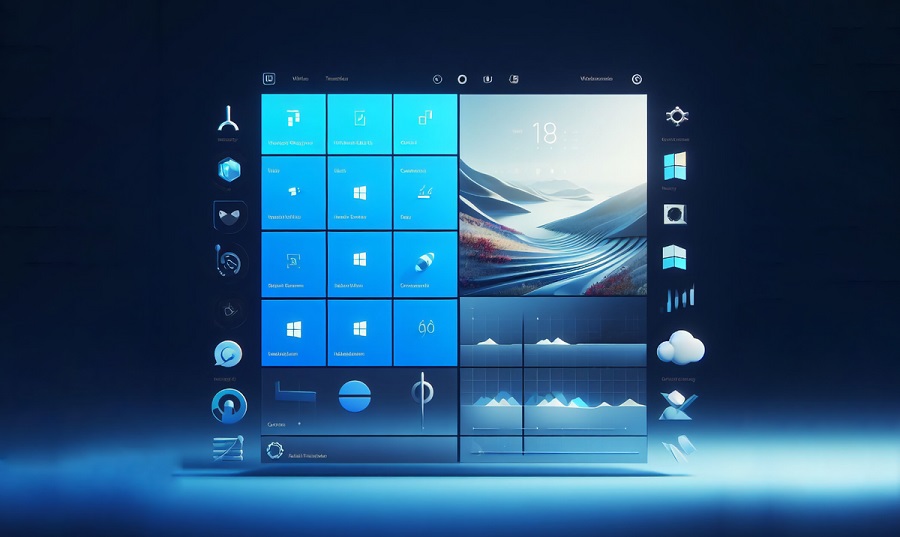
Open Source Endeavors and Collaboration
Microsoft has been increasingly embracing open source in recent years. Windows 12 might take a leap in this direction, offering more transparency, community-driven developments, and collaboration opportunities. This can pave the way for a more customizable and robust operating system, driven by collective feedback and expertise.
The potential for cross-platform compatibility might also increase. With tools like the Windows Subsystem for Linux (WSL), we can expect Windows 12 to offer more comprehensive support for multiple operating systems and development environments.
Concluding Thoughts: A Paradigm Shift?
While all these are educated speculations based on current trends and Microsoft’s trajectory, the actual features of Windows 12 remain cloaked in anticipation. However, one thing is certain: Windows 12 will build upon the legacy of its predecessors while introducing groundbreaking features that align with the demands of modern computing.
As the digital realm continues to evolve, so will our operating systems. And in this evolution, Windows 12 promises to be a significant milestone, redefining our interaction with technology.

